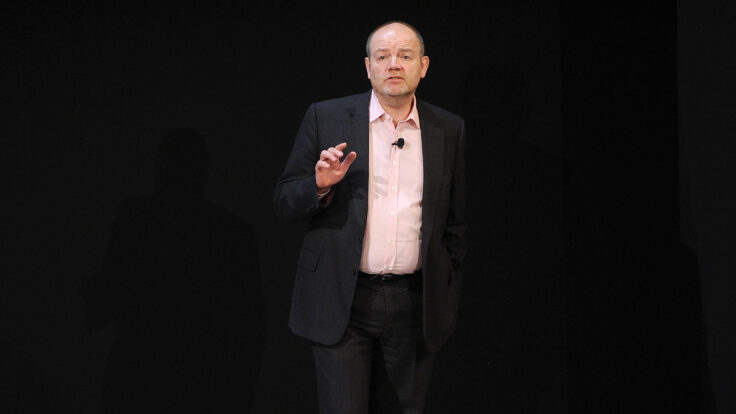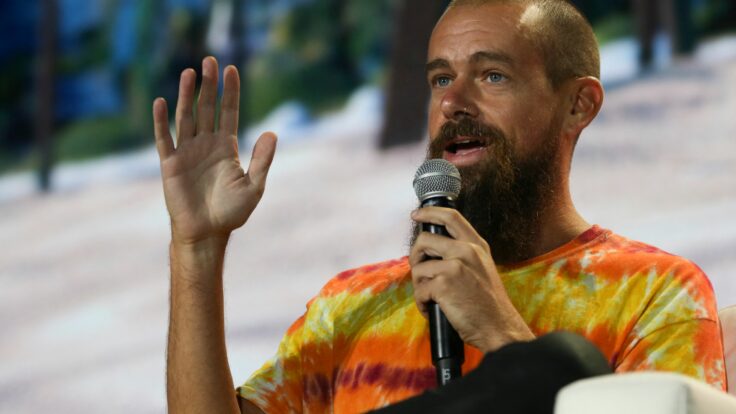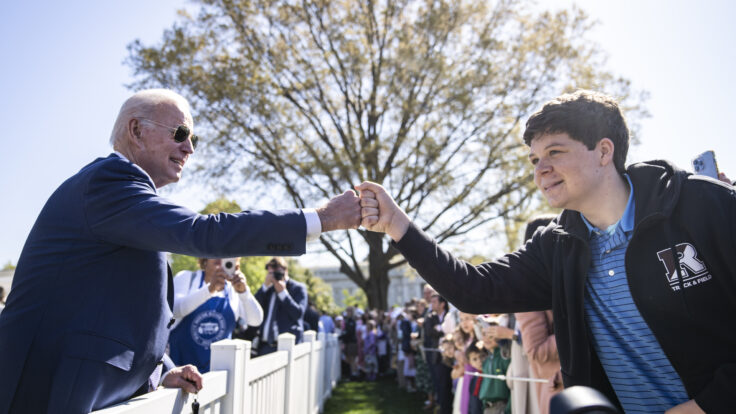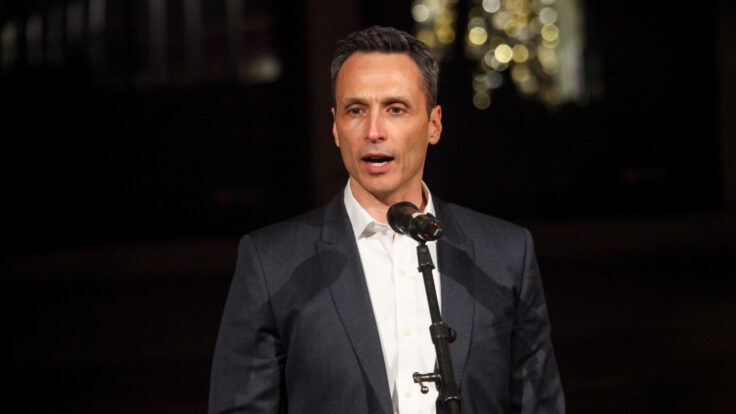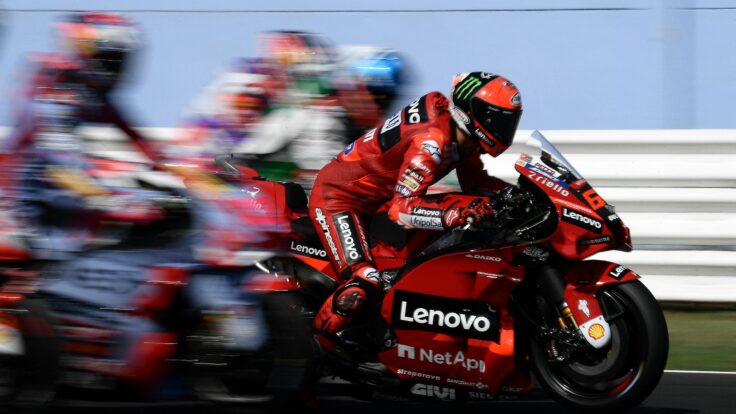|
Welcome back to What I’m Hearing+, home in Brooklyn Heights. I’m Julia Alexander.
Next week in Manhattan, the streamers will uncrate their top executives and talent for the upfronts. After going virtual last year, Netflix promises that its 2024 event—at Pier 59 Studios on May 16—will be an immersive, all-day experience. Amazon, new to upfront week, will descend on Pier 36 on May 14, while YouTube will pack David Geffen Hall at Lincoln Center on May 15. Expect inflated engagement metrics, afterhours back-slapping and Casamigos guzzling at The Whitby and The Mark—and disappointing Netflix ad-tier numbers.
But before the G5s touch down at Teterboro, and with the ongoing NBA media rights auction dominating attention, let’s talk about everyone’s favorite topic: live sports. That means sorting through the crowded field of vMVPDs, a.k.a. the digital services where most cord-cutters now get their sports fix.
As with any nascent business, there will be winners and losers, and the centrifuge will sort it out as the category matures. Fubo, the most sports-centric of the virtual TV operators, reported strong revenue ($402 million, up 24 percent year-over-year) in its most recent quarter but also a loss of 100,000 customers, and reiterated to analysts that the upcoming Spulu bundle from Disney, Warner Bros. Discovery, and Fox is the biggest threat to the remaining pay TV ecosystem, virtual or otherwise. Meanwhile, YouTube TV, the leading vMVPD and the closest thing to an old-school cable interface on the web, surpassed 8 million customers—thanks, in part, to the addition of major sports packages like NFL Sunday Ticket.
Here are the leading clues about which services will make it, which won’t, and how we’ll all be watching sports in the future.
|









